Suprematism is an Avant-garde artistic movement that Kasimir Malevich began to develop in 1913. The very term Suprematism refers to an artistic practice built on abstract forms characterized by “the supremacy of pure artistic feeling” in relation to the representative mimetic artistic tradition. Notable representatives of this movement are Kazimir Malevich, El Lissitzky, Alexandra Exter, Ivan Klyun, Lyubov Popova.
Notable Suprematist Artworks
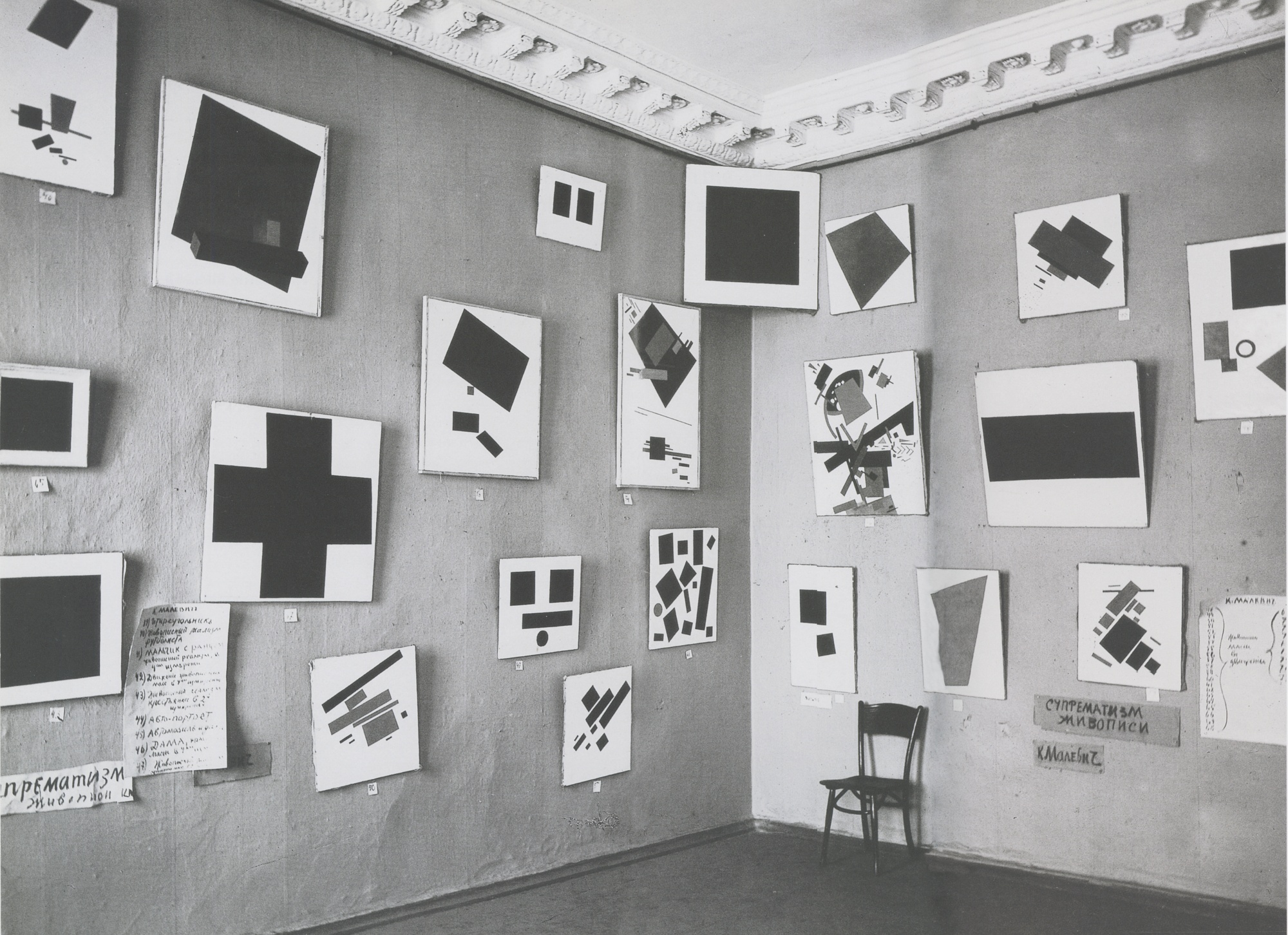
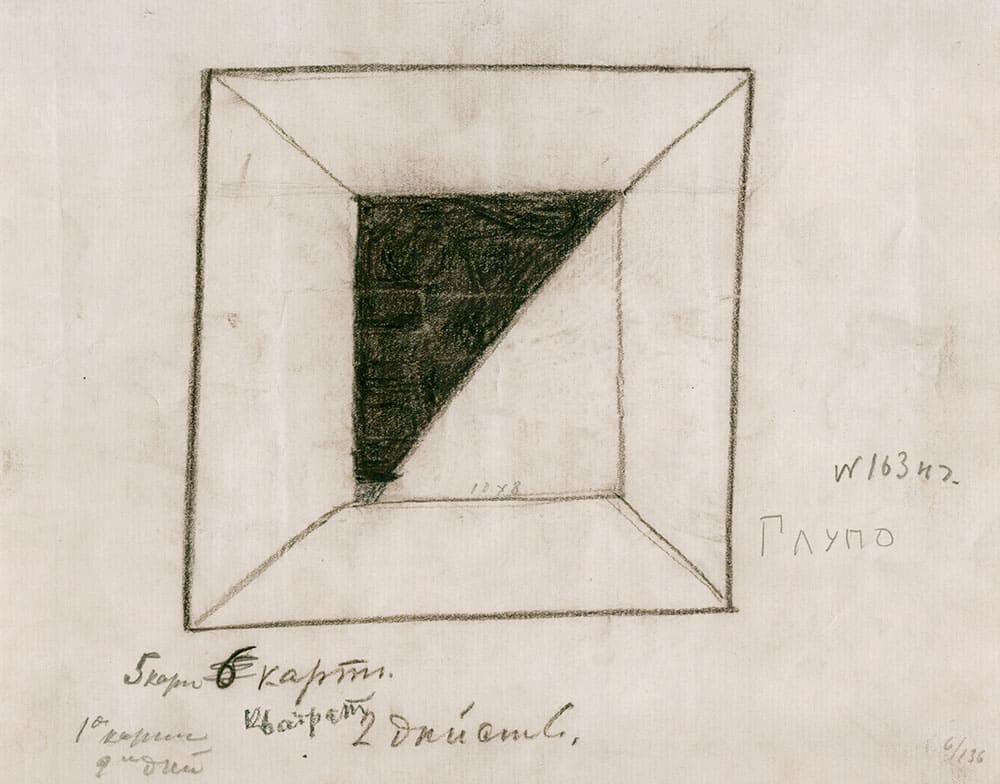
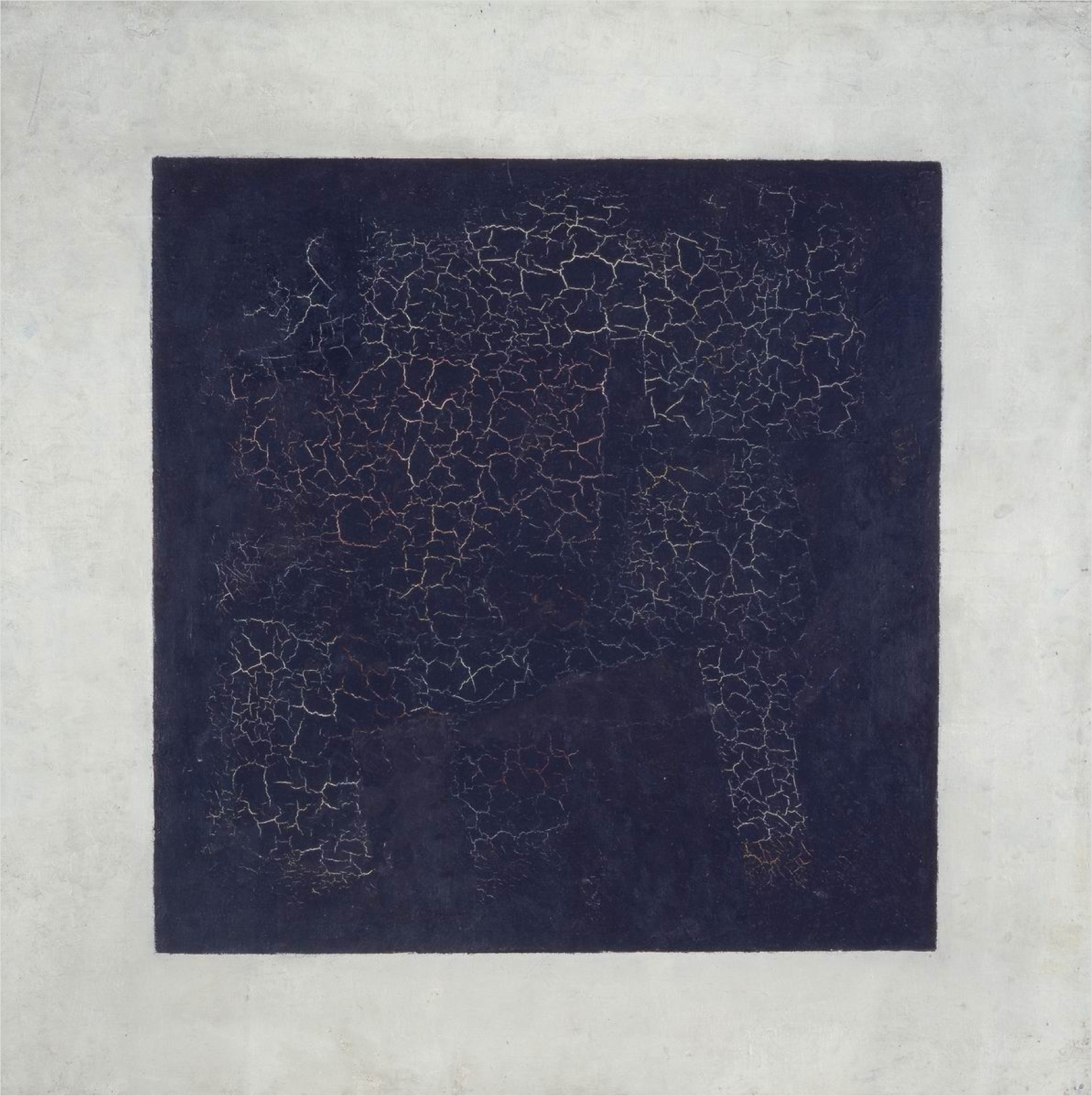
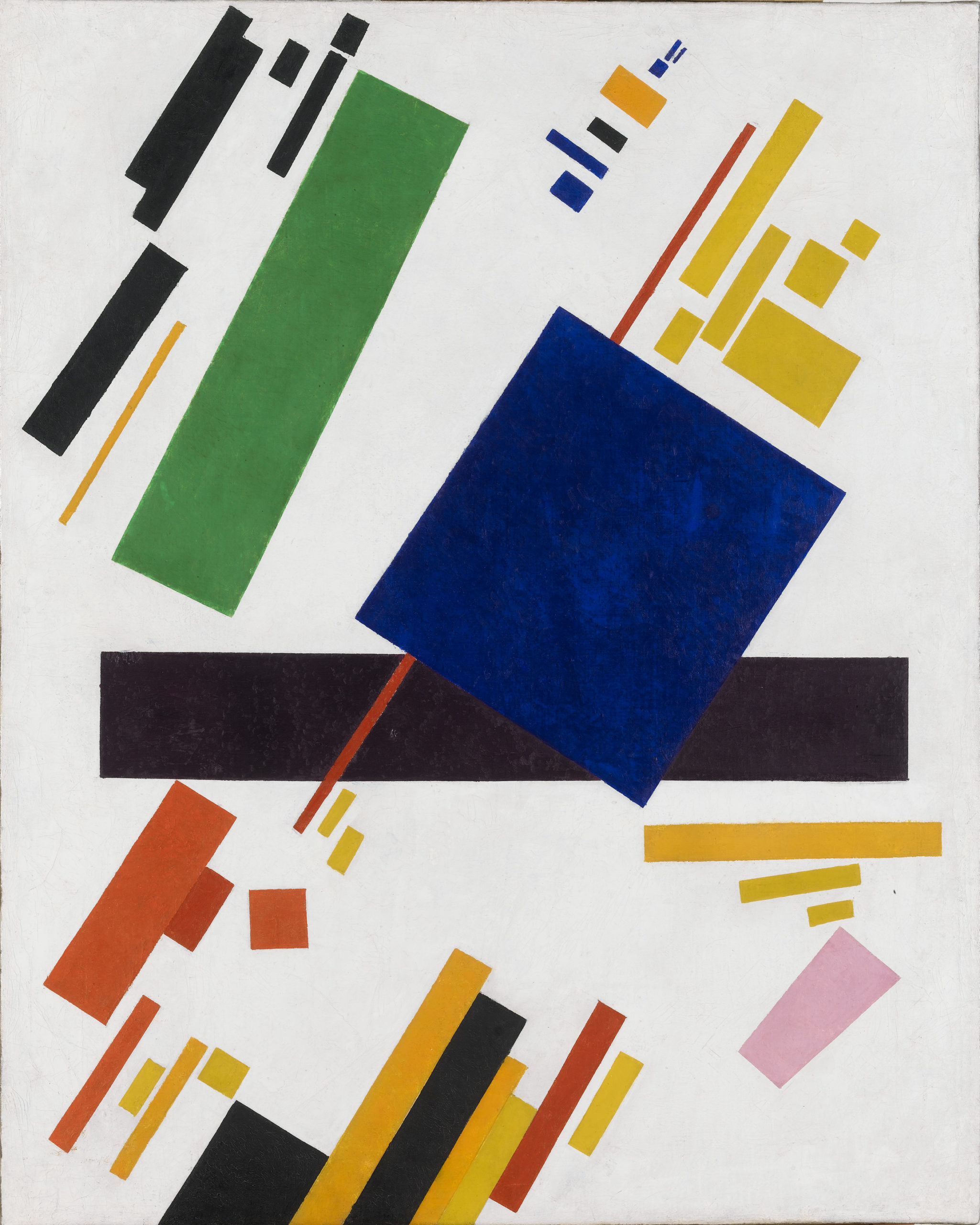
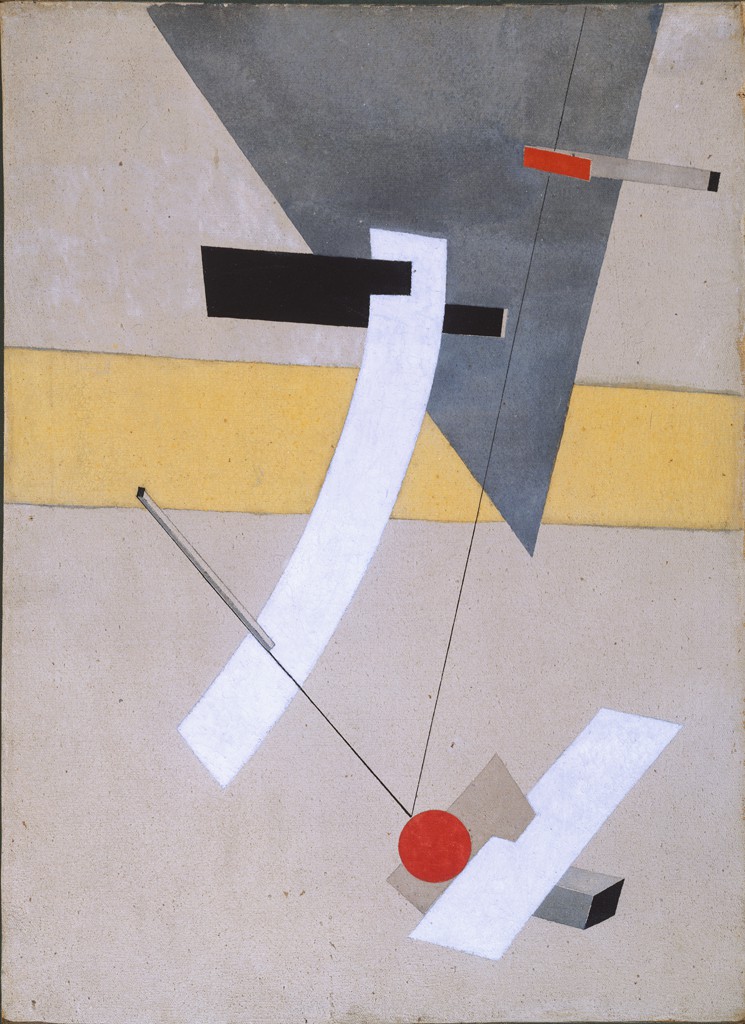
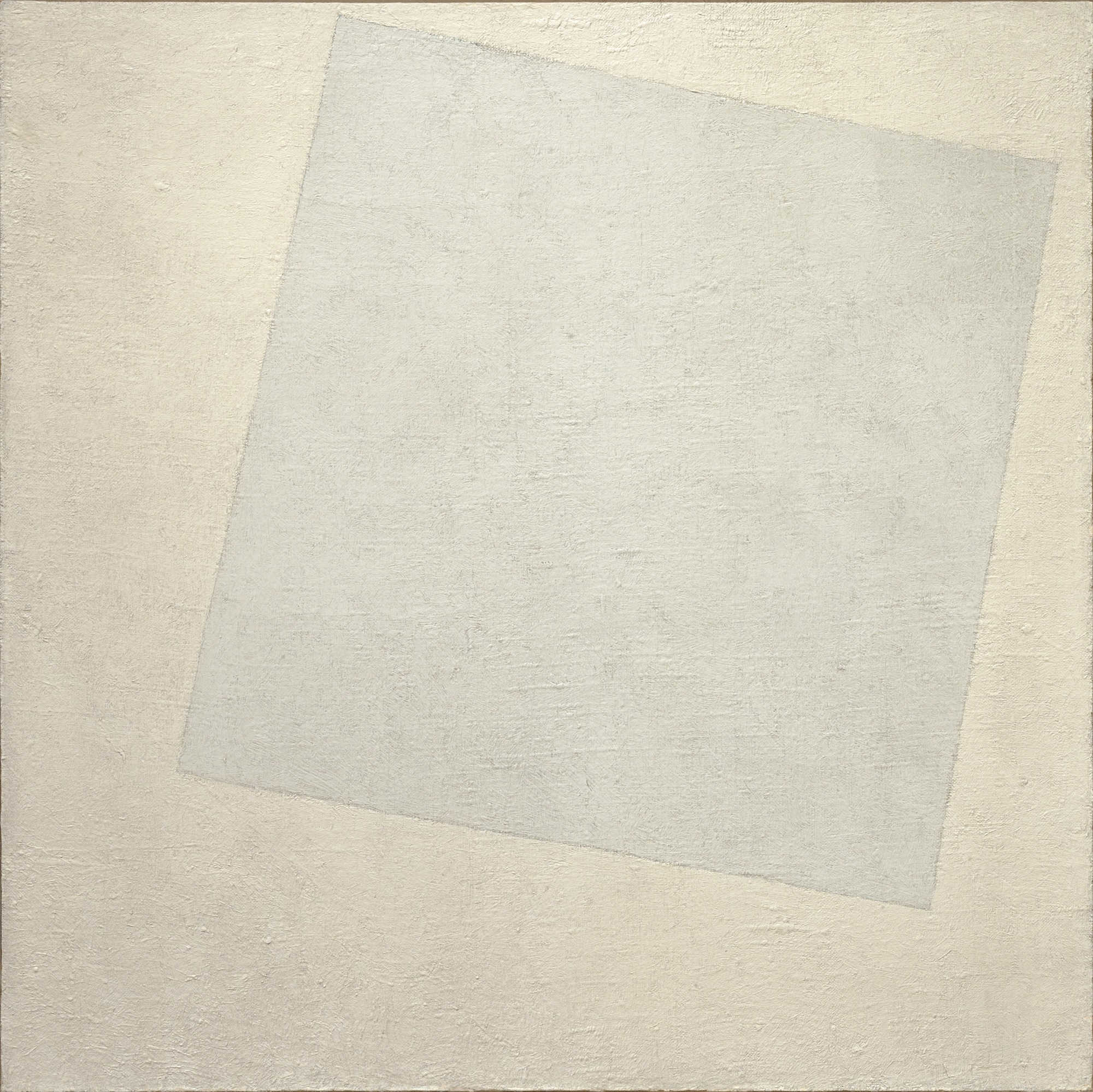
Philosophy of Suprematism
As a central figure of Suprematism, Malevich created the theoretical foundations that meant positioning Suprematism not only in relation to the traditional history of art, but also in relation to the then-current avant-garde trends. Although himself under the influence of Cubism, Futurism and Russian Cubofuturism, Malevich stepped into a much more radical understanding of art by constituting a new direction. Suprematism developed on the principles of overcoming the achievements of predecessors, excluding continuity through reinterpretation. This movement excluded all elements of figurality, representational principles and mimetic tendencies with the aim of establishing a new authentic artistic formula. This formula is reflected in the insistence on vitality and the natural creative aspirations of the artist. This turn to nature is by no means related to naturalism, but refers to the natural principles of creation, according to which nature itself is a creative framework in which no two identical phenomena exist. Malevich transposed the principle of uniqueness and inventiveness in nature into artistic creation that is not based on copying living reality, that is, creating a dead scene. Malevich treated the principle of recognizability and transfer of scenes from nature to the medium of painting as a dead intermediate act, while Suprematism turned to the creation of authentic abstract wholes, non-existent in nature and truly belonging to the medium of painting.
Kazimir Malevich and the opera Victory Over the Sun
In 1913, Malevich collaborated as a stage designer with Mikhail Matyushin, Velimir Khlebnikov and Aleksei Kruchyonykh on the futuristic opera Victory over the Sun. This opera premiered in St. Petersburg, organized by the artistic group Soyuz Molodyozhi. The Victory over the Sun broke theatrical conventions in all aspects of artistic expression, from libretto to music, costumes and stage design. It was on this occasion that Malevich first created the black square as a motif on the curtain, as he said “In 1913, trying desperately to liberate art from the ballast of the representative world, I sought refuge in the form of the square”. This futuristic opera met with strong reactions and public disapproval.
Suprematism as the end and beginning of painting
As part of the broader phenomenon of the Russian avant-garde, Suprematism is developing in an environment that includes numerous revolutionary artistic practices that more or less radically correspond to the painting tradition. In the modernist key of interpreting the development of painting, Suprematism sees its contribution as the culmination of the transformation of the painting medium. Although initially close to cubist and futuristic ideas, Malevich also differs from these principles in defining Suprematist painting, positioning Suprematism as the most revolutionary avant-garde wave. Questions of the true nature of painting, formal relations, engagement of themes are present continuously during the development of early modernism as well as avant-garde movements. As he states in his book The Non-Objective World, which was published in 1927, Malevich raises the question of non-objective art, art that achieves authentic self-sufficient existence in the language of abstract geometrization. A kind of circle of beginning and end, which was contained in the first Suprematist painting Black Square, got a new point with the transition from polychrome to monochrome principle in the painting White on White.
The Last Futurist Exhibition of Paintings 0.10
The Last Futurist Exhibition of Paintings 0.10 was held in St. Petersburg from 19th of December 1915 to 17th of January 1916. In total, 155 works were shown, of which 39 were Malevich’s works. This exhibition was the first official presentation of Suprematist art to the public. Malevich’s choice to display the painting Black Square in the way that the icon usually stands out in the house caused a scandal of the public. Vladimir Tatlin, Ivan Puni, Mikhail Menkov, Lyubov Popova, Ivan Klyun, Vasily Kamensky, Ksenia Boguslavskaya and others exhibited at the exhibition. This exhibition is interpreted in the history of art as one of the most influential exhibitions for the development of avant-garde art.
El Lissitzky’s Proun
A prominent member of the Suprematist movement, El Lissitzky worked on a large number of paintings, drawings and prints between 1919 and 1927, which he called Proun. This term means project for the affirmation of the new in Russian. Lissitzky adopts and develops the Suprematist language of abstract geometrization from Malevich. The intervention introduced by Lissitzky relates to the introduction of the three-dimensionality of painted forms. The two-dimensionality that Malevich insisted on served as the basis for Lissitzky to incorporate an architectural approach to Suprematism by introducing a third dimension and using axonometric projection.
Suprematism and Constructivism
In addition to temporal and spatial coincidence, the Suprematist and Constructivism movements share a visual language based on abstract geometrization. There are many artists who were first close to Suprematism and later approached constructivist ideas, among them Alexander Rodchenko. Lyubov Popova, El Lissitzky. If we exclude the mentioned similarities, it can be said that the relationship between these two movements was actually antagonistic. Suprematism developed on the idea of artistic autonomy and self-sufficiency. The authentic artistic language of suprematist abstraction certainly had an emancipatory character in relation to the audience, but that relation appeared as a logical determinism, not as the initial intention of the artist. Also, the non-objective principle, as well as the exclusion of all forms of figurality, were inherent in Suprematism. Constructivism, on the other hand, arose on the idea of utilitarianism, and developed throughout its existence as an art in the service of the revolution. The engagement was the implied value of artistic work in the process of defining the culture of the proletariat. In addition to mass production, bringing art closer to industrial processes, the propaganda role of constructivist art was dominant and thus clearly opposed to Suprematist ideas.
Notable Artists
- Kazimir Malevich (1879 – 1935)
- El Lissitzky (1890 – 1941)
- Alexandra Exter (1882 – 1949)
- Mikhail Menkov (1885-1926)
- Olga Rozanova (1886 – 1918)
- Nadezhda Udaltsova (1885 – 1961)
- Ivan Klyun (1873 – 1943)
- Lyubov Popova (1889 – 1924)
- Lazar Khidekel (1904 – 1986)
- Nikolai Suetin (1897 – 1954)
- Ilya Chashnik (1902 – 1929)
- Nina Genke Meller (1893 – 1954)
- Ivan Puni (1892 – 1956)
- Kseniya Boguslavskaya (1892 – 1972)
Related Art Terms
- Abstract Art
- Constructivism
- Socialist Realism
